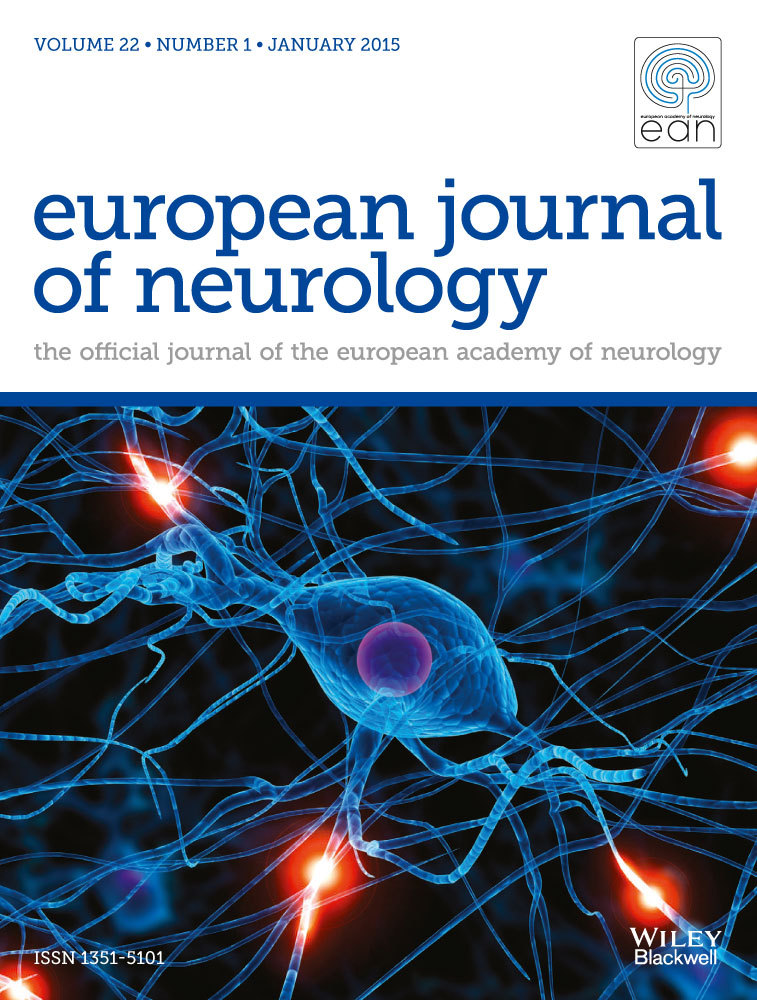Disorders of arousal (DoA) are characterized by an intermediate state between wakefulness and deep sleep, leading to incomplete awakenings from NREM sleep. Multimodal studies have shown subtle neurophysiologic alterations even during wakefulness in DoA. The aim of this study was to explore the brain functional connectivity in DoA and the metabolic profile of the anterior and posterior cingulate cortex, given its pivotal role in cognitive and emotional processing.
Fifteen consecutive patients with DoA (9 males, mean age 26.3 ± 7.7) and 15 age- and sex-matched healthy controls (8 males, mean age 25.8 ± 3.6) were enrolled. All participants underwent a protocol including sleep and psychological evaluation scales and multimodal brain MRI with resting-state functional MRI and 1H-MR spectroscopy.
The independent component analysis disclosed an altered resting-state functional connectivity (FC) in the patients' sensory motor network, with a higher connectivity strength in opercular cortex, precuneus, occipital pole, and lingual gyrus. The seed-based analysis revealed a decreased FC between posterior cingulate cortex (PCC) and several cerebral areas. Finally, spectroscopic imaging revealed a reduced content of glutamine in the PCC (p < 0.001).
The increased connectivity in the sensory-motor network of DoA patients could constitute a “facilitatory medium” enhancing motor circuit activation, while the connectivity and metabolic alterations of PCC might represent a trait functional feature, contributing to a dysfunctional arousal process and the difficulty to reach a complete awareness during DoA episodes. In addition, these alterations at rest might be related to daytime impairment reported by patients, requiring new strategies for DoA management.


